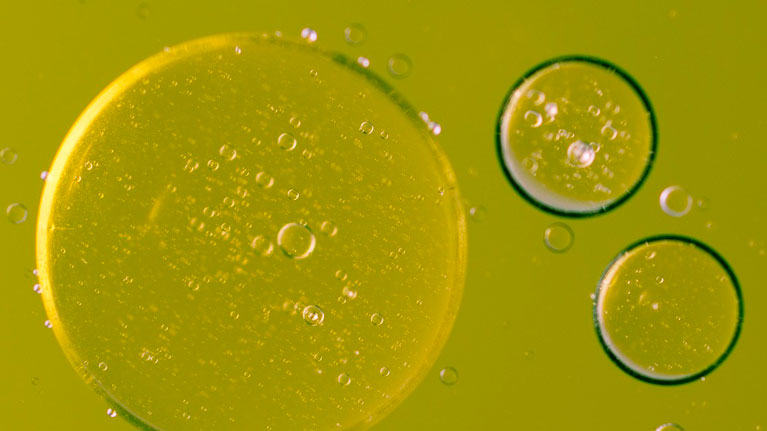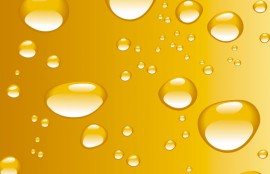
Contamination is the leading cause of failure for any lubricated mechanical element. Wear is effectively verified by monitoring the contaminants present in the lubricant.
The particle count consists of analysing the solid contamination in a lubricant by counting the number of particles and classifying the degree of contamination according to the particle size/concentration. Knowing how clean a fluid is essential when monitoring the contamination present in the system.
This analysis used to be carried out principally in hydraulic and other clean systems such as turbines, where the levels of wear were low. Now, it is spreading to any lubricated system, given the high level of correlation between contamination by particles and system failure.
There are diverse international standards that are used to classify a fluid depending on the amount of solid contaminants it has in suspension. The majority of these classify how clean the fluid is depending on the amount of contaminants that exist, taking into account a few determined sizes.
Lubrication Management recommends analysis ASTM D 6786 Suspended solid particle count (ISO 4406) to determine solid in the lubricant oil.






